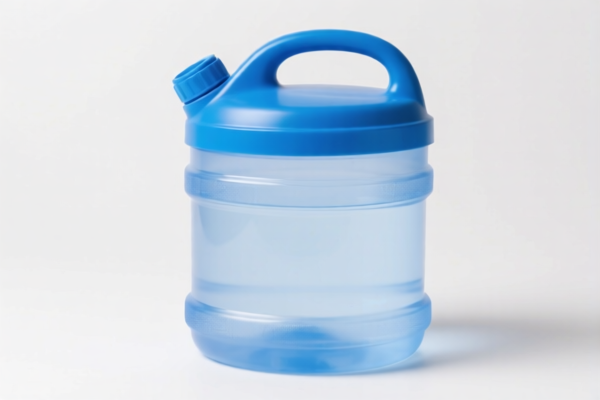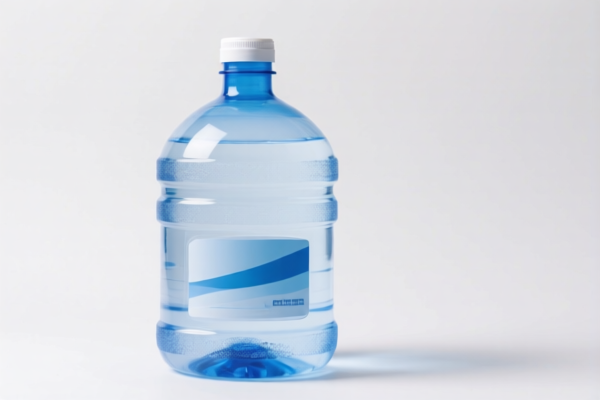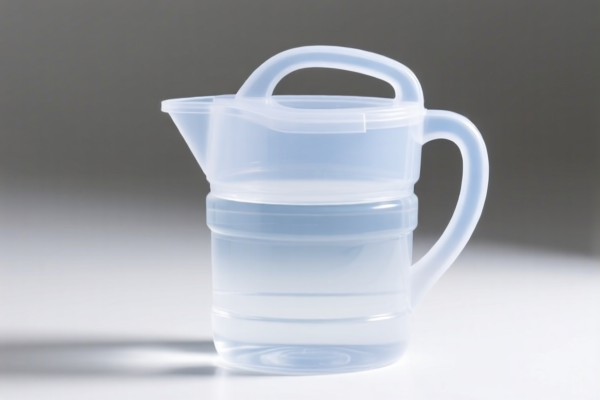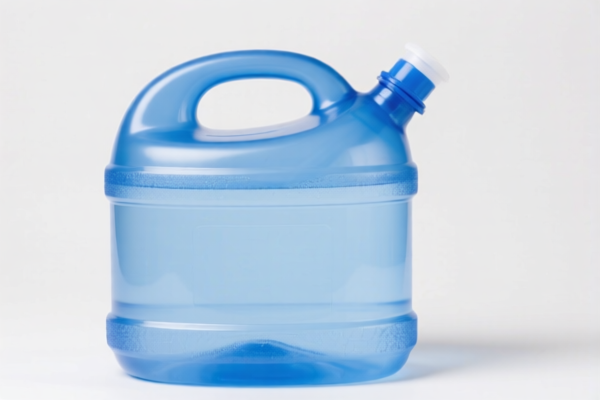Found 6 matching results
(CN → US)
| HS Code | Official Doc | Tariff Rate | Origin | Destination | Effective Date |
|---|---|---|---|---|---|
| 3926901000 | Doc | 40.9% | CN | US | 2025-05-12 |
| 3926909905 | Doc | 42.8% | CN | US | 2025-05-12 |
| 3923300090 | Doc | 58.0% | CN | US | 2025-05-12 |
| 3923900080 | Doc | 58.0% | CN | US | 2025-05-12 |
| 6305900000 | Doc | 43.7% | CN | US | 2025-05-12 |
| 6305390000 | Doc | 45.9% | CN | US | 2025-05-12 |




Plastic Pots
Plastic pots are containers used for growing plants. They are a ubiquitous and versatile option in horticulture, ranging from small starter pots to large containers for trees and shrubs.
Material
The primary material is plastic, most commonly:
- Polypropylene (PP): Lightweight, durable, and relatively inexpensive. Often used for disposable or inexpensive pots.
- Polyethylene (PE): More flexible than PP, offering good impact resistance. Common in larger pots and those designed for long-term use.
- High-Density Polyethylene (HDPE): A stronger, more rigid form of polyethylene, often black in color to block light and inhibit algae growth.
- Recycled Plastics: Increasingly common, contributing to sustainability. May be labeled with recycling codes (e.g., #2 HDPE, #5 PP).
Purpose
- Seed Starting: Small plastic pots are ideal for germinating seeds and nurturing seedlings.
- Transplanting: Used to move plants from smaller containers to larger ones, or from seed trays to individual pots.
- Growing Medium Containment: Provide a contained environment for soil, preventing mess and facilitating drainage.
- Decorative Planting: Available in a wide range of colors, shapes, and sizes for aesthetic purposes, both indoors and outdoors.
Function
- Root Containment: The pot walls restrict root growth, which can be beneficial for certain plant species or for controlling plant size.
- Moisture Retention: Plastic pots help retain moisture in the soil, reducing the frequency of watering. However, proper drainage is crucial to prevent root rot.
- Nutrient Retention: Containment aids in retaining fertilizers and nutrients within the root zone.
- Portability: Lightweight and easy to move, allowing for flexible placement of plants.
Usage Scenarios
- Home Gardening: Indoor and outdoor plant cultivation.
- Commercial Nurseries: Large-scale plant production and sales.
- Hydroponics: Some plastic pots are specifically designed for hydroponic systems.
- Balcony and Patio Gardening: Suitable for limited-space planting.
- Vertical Gardening: Lightweight pots are often used in vertical gardening structures.
Common Types
- Round Pots: The most common shape, offering uniform root growth.
- Square Pots: Space-efficient, maximizing planting density.
- Hanging Baskets: Designed with hooks or hangers for suspended planting.
- Self-Watering Pots: Feature a reservoir to provide a consistent water supply to the plant.
- Cachepots: Decorative outer containers without drainage holes, used to hold nursery pots.
- Nursery Pots: Typically black or brown, with drainage holes and often ribbed sides for root aeration.
- Fabric Pots: While not strictly plastic, often utilize a plastic lining or coating, offering excellent drainage and aeration.
- Orchid Pots: Designed with slotted sides to provide airflow around the roots.
Plastic pots fall under articles of plastics and articles of other materials. Here are the relevant HS codes based on the provided information:
- 3926901000: This HS code covers “Other articles of plastics and articles of other materials of headings 3901 to 3914: Other: Buckets and pails”. While not specifically pots, buckets and pails are similar in construction and material to pots, suggesting this code may be applicable depending on the pot’s size and shape. The total tax rate is 40.9%, comprised of a 3.4% base tariff, a 7.5% additional tariff, and a 30.0% additional tariff effective after April 2, 2025.
- 3926909905: This HS code covers “Other articles of plastics and articles of other materials of headings 3901 to 3914: Other: Other Elastic bands made wholly of plastics”. This code is less directly applicable to pots, as it specifically refers to elastic bands. However, if the plastic pots incorporate elastic elements, this code might be considered. The total tax rate is 42.8%, consisting of a 5.3% base tariff, a 7.5% additional tariff, and a 30.0% additional tariff effective after April 2, 2025.
- 3923300090: This HS code covers “Articles for the conveyance or packing of goods, of plastics; stoppers, lids, caps and other closures, of plastics: Carboys, bottles, flasks and similar articles Other”. Pots could be considered similar articles to bottles and flasks, particularly if used for containing small items. The total tax rate is 58.0%, comprised of a 3.0% base tariff, a 25.0% additional tariff, and a 30.0% additional tariff effective after April 2, 2025.
- 3923900080: This HS code covers “Articles for the conveyance or packing of goods, of plastics; stoppers, lids, caps and other closures, of plastics: Other Other”. This is a broad category for plastic articles used for conveyance or packing. If the plastic pots are used for packaging or transporting goods, this code may be applicable. The total tax rate is 58.0%, consisting of a 3.0% base tariff, a 25.0% additional tariff, and a 30.0% additional tariff effective after April 2, 2025.
It is important to note that the final HS code determination depends on the specific characteristics of the plastic pots, including their intended use, size, and construction.
Customer Reviews
No reviews yet.